Planning a trip to Japan on a budget? Good news—you don’t need to spend a fortune to have an amazing experience. In this guide, I’ll give you Japan budget travel tips and show you how to explore Japan affordably while still hitting all the must-see highlights.
Yes, Japan has a reputation for being expensive. But with the right approach, it’s surprisingly budget-friendly. From cheap transport and accommodations to low-cost (and even free) activities, traveling here can be both unforgettable and affordable.
If you want to enjoy the best of Japan—without overspending—this post is your starting point. Let’s make your dream trip happen, the smart way.
Table of Contents
1. Choose a budget friendly travel time
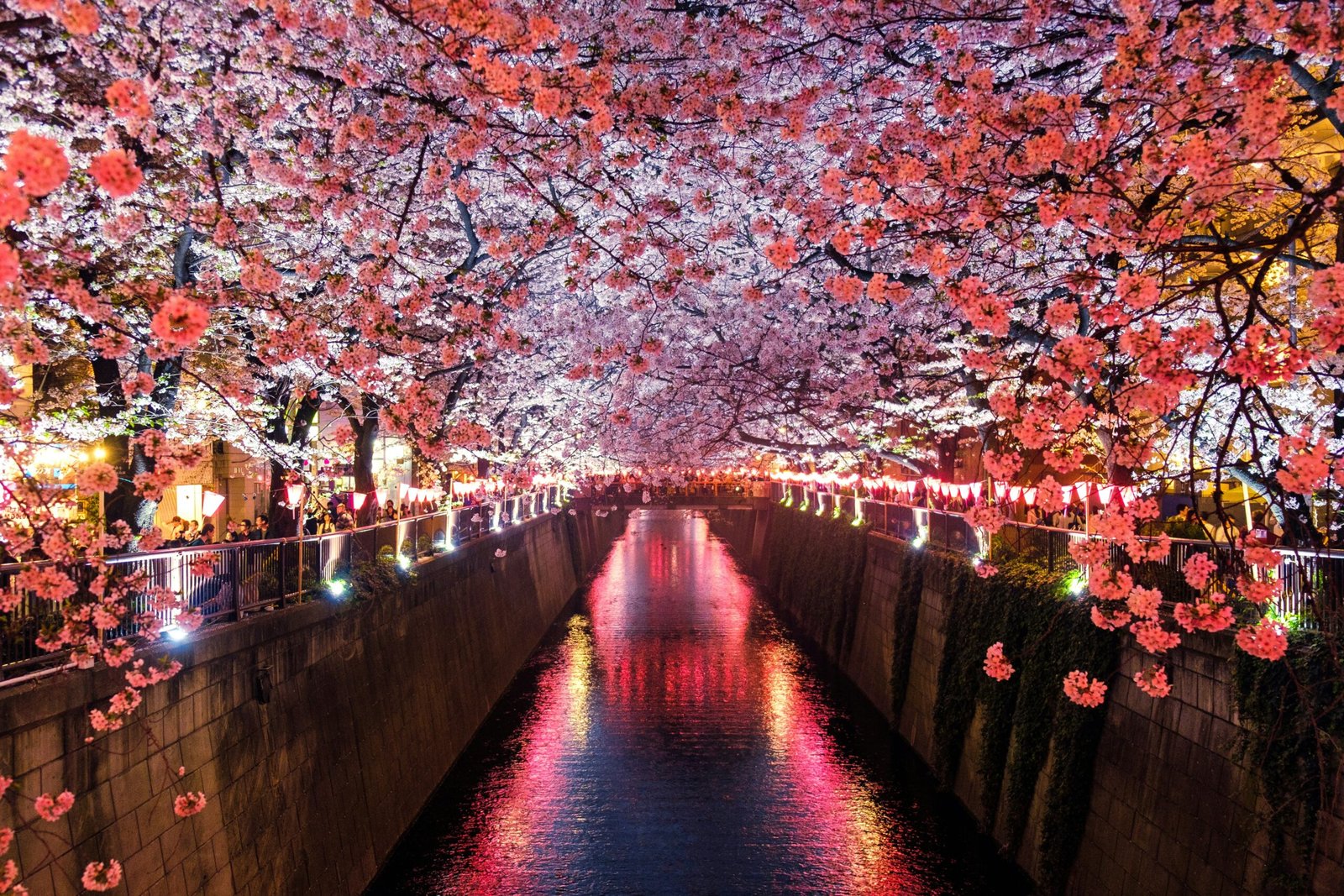
The first point for saving money on a trip to Japan is one of the most important. Choosing the right time to travel can have a significant impact on your budget. The most popular travel times for Japan —the cherry blossom season in spring (March to April) and the fall foliage season (October to November)—not only attract tourists from all over the world but also drive up the prices of flights and accommodations. However, if you’re flexible about your travel time, you can save a lot of money by traveling during the off-season !
The months of January, February, June, and September are considered low season. In winter , after the Japanese New Year celebrations , flight and hotel prices drop significantly. While it’s cooler, many attractions are less crowded, and in the mountainous regions, the snow even attracts skiers and snowboarders. Winter is also a wonderful time to relax in an onsen .
June, however, is when the rainy season ( Tsuyu ) begins, but this is often overestimated, and the rains are usually short and regionally limited. September is also a good option, as the locals’ summer holidays are over and temperatures are slowly cooling down.
2. Fly economically
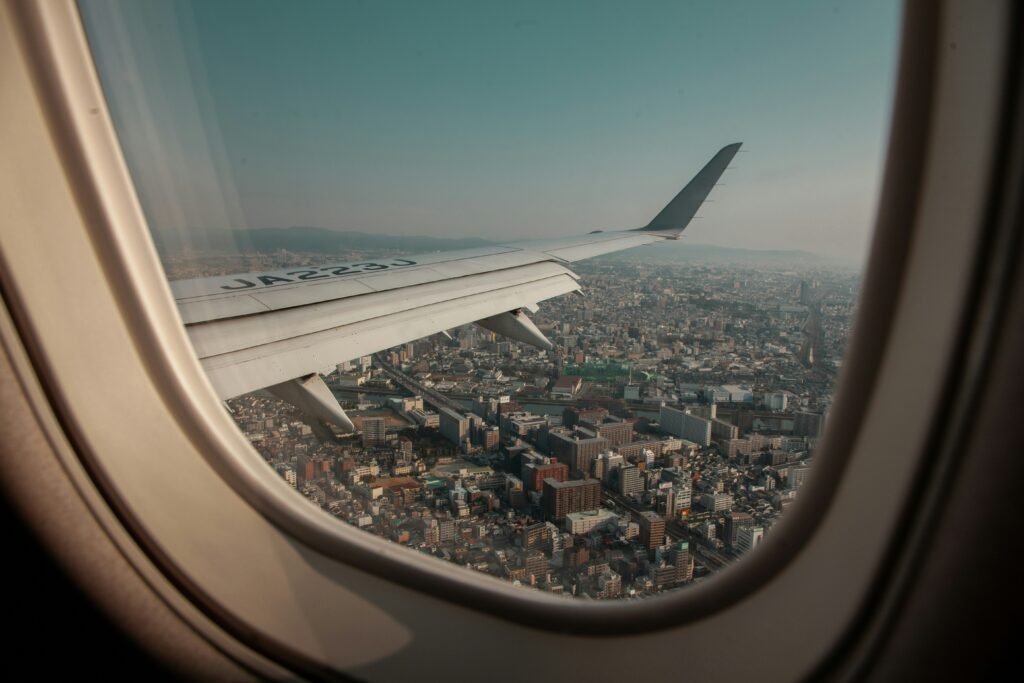
Flight tickets to Japan also make up a large portion of the travel costs , but with proper planning , you can save quite a bit of money. In my opinion, flexibility is a huge game changer, because if you’re not tied to specific travel dates, you can search for good deals. Flights are often significantly cheaper during the week and more expensive on weekends. It’s also worth looking for tickets early and booking them in advance. As a general rule of thumb, you should book flights to Japan 4-6 months in advance .
Flight search engines like Skyscanner or Google Flights will help you find the best deals. You should also consider intercity airports – flights to Osaka or Nagoya are often cheaper than to Tokyo . Stopover connections (e.g., in Dubai or Seoul) can also be a cost-effective alternative.
3. Reduce accommodation costs
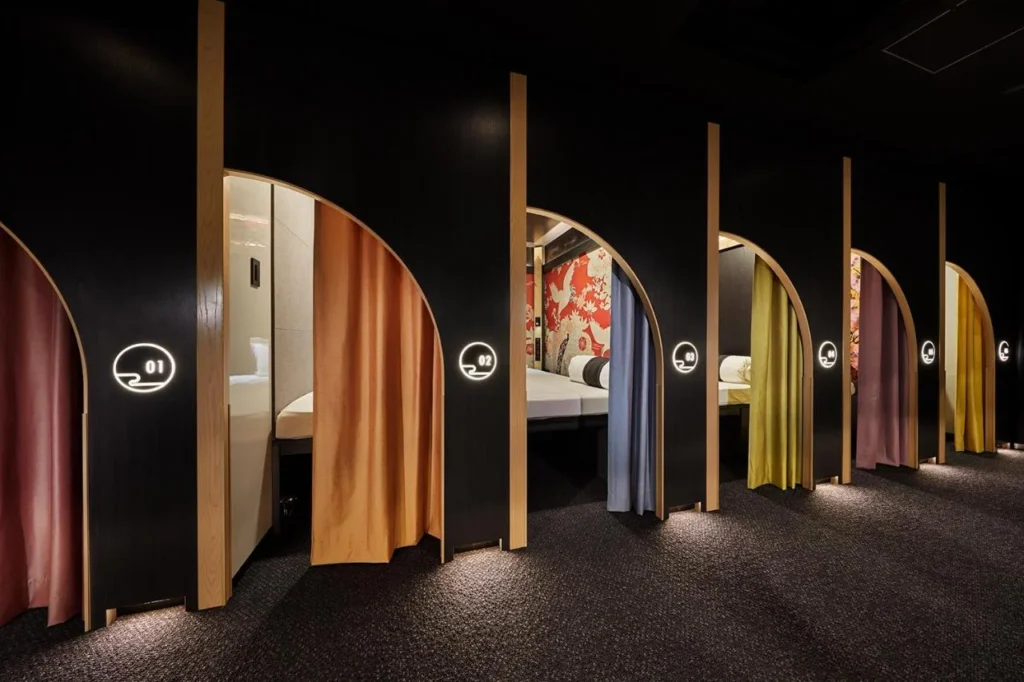
Another way to experience Japan on a budget is to choose affordable accommodations. Accommodation costs can quickly add up, but fortunately, there are numerous ways to minimize your expenses.
One of the cheapest options is hostels , which are not only affordable but also offer a great opportunity to meet other travelers. Platforms like Airbnb also often offer affordable rooms or apartments, especially for longer stays. Alternatively, accommodations like business hotels or the popular capsule hotels (カプセルホテル) can be inexpensive. Popular business hotel chains include Toyoko Inn and APA Hotel .
You might also consider staying at a manga café (まんが喫茶) for a few nights.
4. Travel cheaply with public transport

Public transportation in Japan is not only extremely efficient and punctual, but also one of the cheapest ways to get around the country. If you want to experience Japan on a budget, the Japan Rail Pass is a great option for tourists . It allows unlimited travel on most Japan Railways (JR) trains—including many of the famous Shinkansen .
Within cities, IC cards like Suica or Pasmo offer a flexible and cost-effective way to use buses, subways, and trains. These cards can be easily topped up, saving both time and money.
| Pro Tip: Many cities offer one-day or multi-day passes for tourists, such as the Tokyo Metro Pass . Instead of buying tickets individually, you can save a lot of money. |
For shorter distances or in more rural areas, buses are often cheaper than trains . Night buses are an ideal way to travel between distant cities while saving on accommodation costs. With a little planning, traveling in Japan can be both affordable and stress-free.
5. Save on food
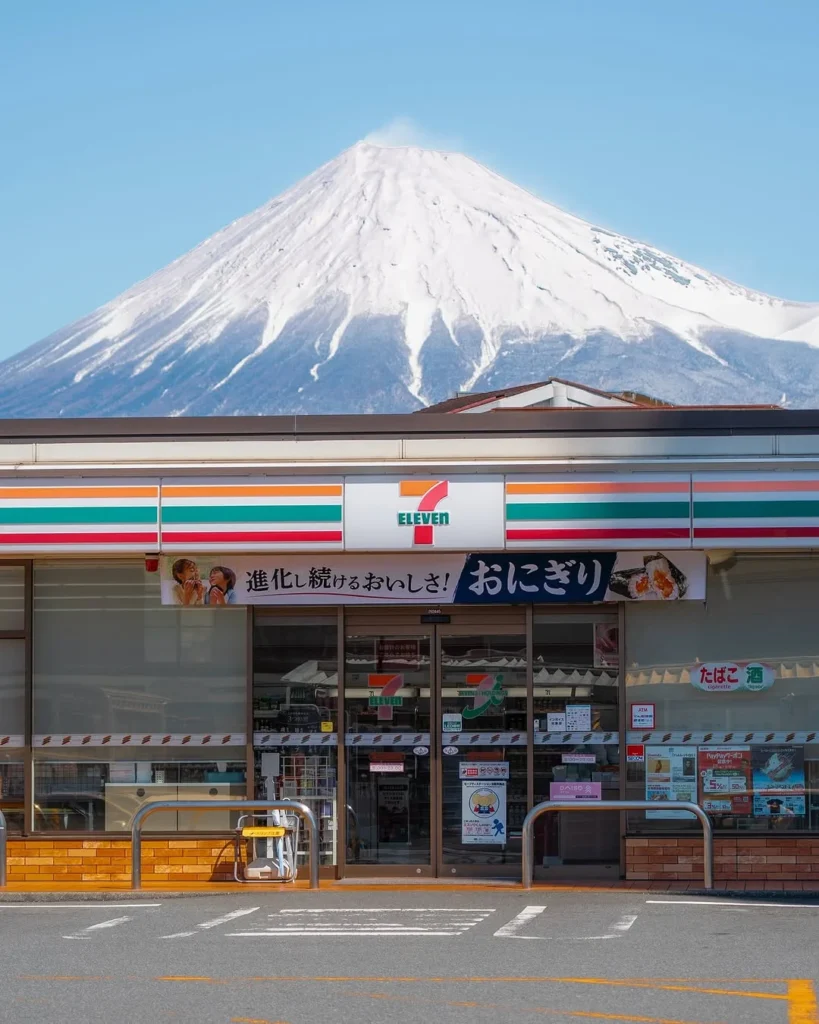
Although Japan is often considered an expensive country, there are many affordable yet high-quality food options. Convenience stores ( konbini ) like 7-Eleven, FamilyMart, and Lawson offer a wide selection of affordable and delicious dishes, such as onigiri (rice balls), bento boxes, and sandwiches. These are not only inexpensive but also freshly prepared and perfect for a small or large appetite.
| Pro Tip: Kaiten sushi restaurants (conveyor belt sushi), where you pay per plate and prices often start at just 100 to 200 yen. Many ramen and udon restaurants also offer large portions at small prices. Especially in commercial districts, there are lunch specials (” teishoku “) that offer a complete meal at a fraction of the evening price. |
Cheap restaurant chains in Japan are:
- Ramen, udon or curry houses (e.g. Coco Ichibanya)
- Gyudon chains such as Yoshinoya or Sukiya
- Kaiten sushi restaurants (Sushiro, KuraSushi)
| Pro tip : Supermarkets also reduce prices on fresh food and ready-made meals in the evening to get rid of leftovers. This is a great opportunity to stock up on food and try delicious Japanese bento. |
Plus, you can safely drink tap water in Japan, which will save you money on water. With these tips, you can eat well and affordably in Japan without, in my opinion, having to forgo the delicious Japanese dishes .
6. Free attractions

When it comes to sightseeing, there are also a few things to know about where you can save money on your trip to Japan. Many of the most famous shrines and temples , such as the Meiji Shrine in Tokyo, the Hakone Shrine in Hakone , or the Enoshima Shrine in Enoshima, are free to visit. Some shrine and temple complexes sometimes have flower gardens that charge a fee.
Some beautiful viewpoints also have no admission fee, like the Tokyo Metropolitan Government Building . At the top, you’ll have the perfect view of Tokyo, and it’s free!
For nature lovers, there are many parks or hiking trails that also do not charge a fee, such as Ueno Park in Tokyo, Yoyogi Park in Shibuya, Arashiyama Bamboo Forest in Kyoto or the hike to Mount Takao.
7. Use technology
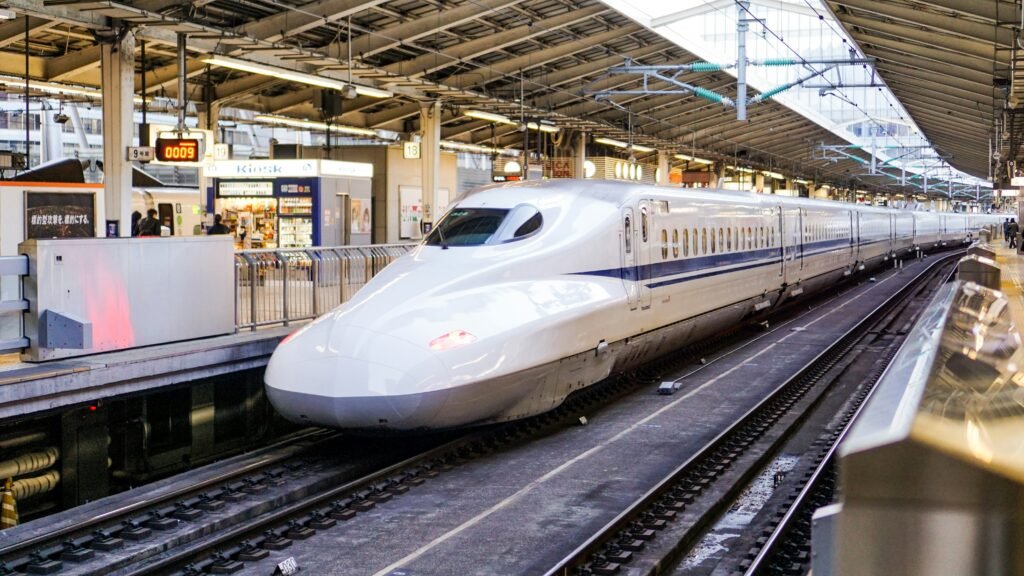
Using technology effectively in Japan can help you save time and money. There are some great Japan travel apps that show you train and bus connections and plan the fastest and cheapest routes for you. So you don’t have to worry about taking the wrong train or getting lost in Japan’s big cities.
Offline maps apps offer good orientation, even without an internet connection. Translation apps like Google Translate or DeepL also make communication easy, especially in restaurants or when searching for attractions.
Helpful and free apps for your trip to Japan are:
- Japan Travel (Route, Map, Guide) by Navitime
- Japan Transit Planner (Jorudan)
- Maps.me or the offline function of Google Maps
- Gourmet Navigator (GuruNavi)
Many Japanese cities, restaurants and cafes also offer free Wi-Fi access , which can also be used.
8. Tax-free shopping

Another way to experience Japan affordably and save money is “tax-free shopping.”
As a tourist, you can benefit from the tax-free service when shopping and save on the 10% VAT . Many stores, especially in larger cities and popular shopping districts, offer this option. These include department stores, electronics stores, souvenir shops, and even some supermarkets.
To enjoy tax-free shopping, you must spend at least 5,000 yen (approximately €35) in a store in one day . Purchases are processed tax-free directly in the store. You simply need to present your passport, which contains the entry stamp required for tax exemption.
The items you purchase tax-free are often sealed, and you should not open them until you leave Japan. This is especially true for consumable goods like food or cosmetics. Other products like electronics, clothing, or souvenirs are usually exempt from this restriction. So, look for “Tax-Free” signs when shopping to take advantage of this benefit.
With a little planning, you can save a lot by shopping tax-free in Japan – and at the same time bring home high-quality Japanese products.
9. Plan leisure activities
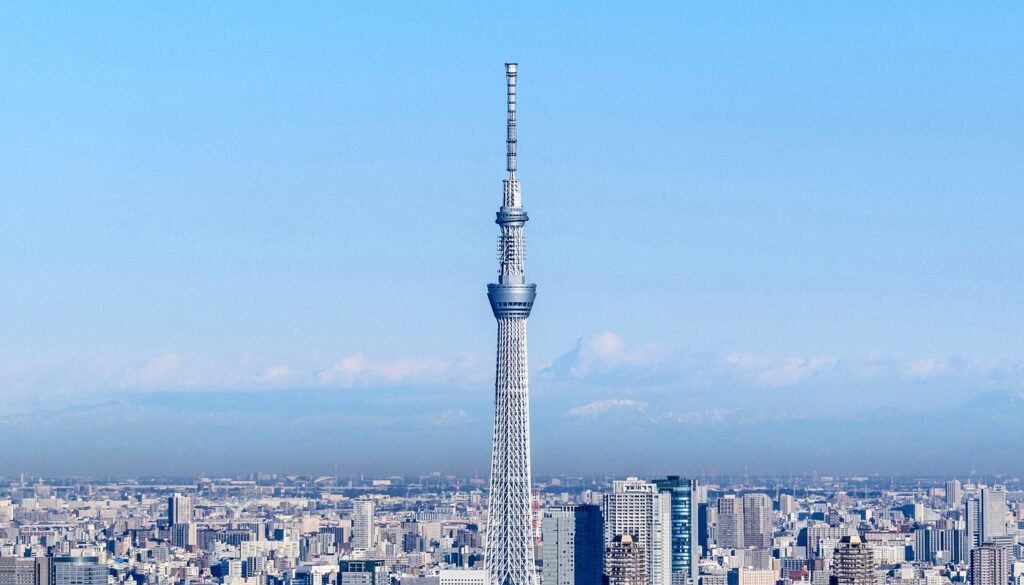
As you may have noticed, I’ve mentioned many times that good planning is key to saving money on your trip to Japan. I also have some great money-saving tips for you when it comes to leisure activities.
Many popular attractions, such as theme parks or museums, offer discounts for online bookings or combined admission passes . For example, if you want to visit the Tokyo Skytree or Sanrio Puroland in Tokyo, it’s worth buying tickets online in advance to not only save money but also avoid long lines.
In addition to the free attractions I mentioned above, you can visit many Japanese festivals (Japanese: matsuri ) without paying an entrance fee. It’s best to check before your trip to see what events are taking place during your stay. Matsuri are a great way to experience Japanese culture up close.
10. Buy souvenirs smartly
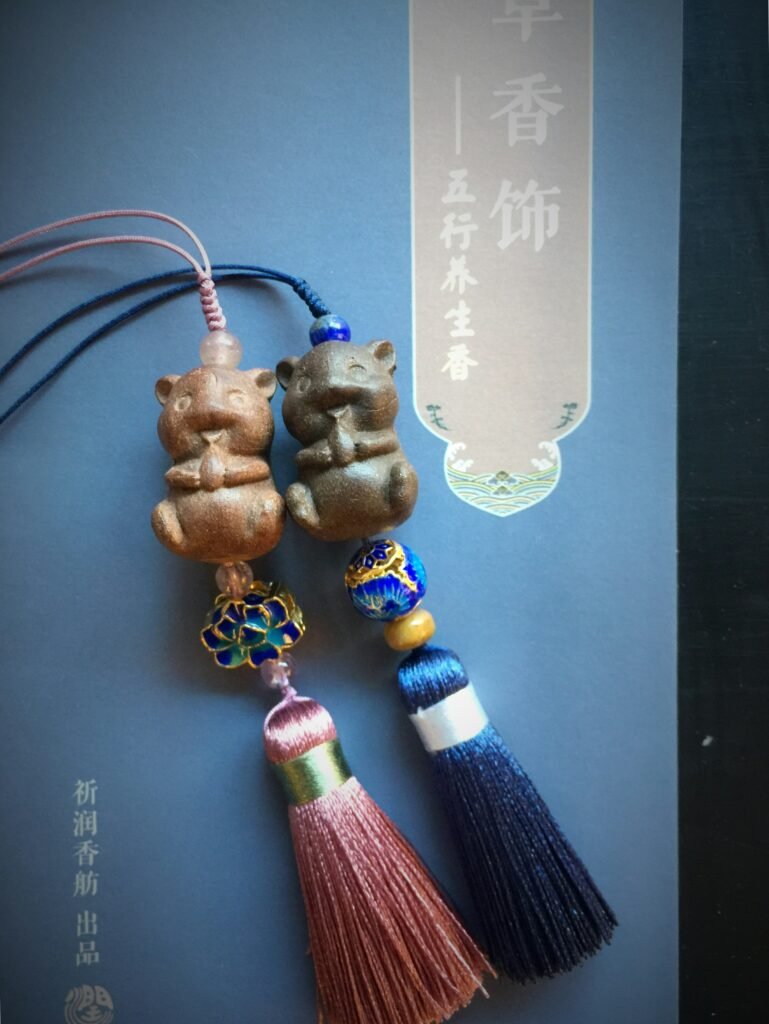
My last tip might not be quite as exciting, but you can also save money by choosing the right souvenirs. 100-yen shops like Daiso or Seria offer inexpensive souvenirs without breaking your budget. These shops have a wide selection of affordable, high-quality items that also make great gifts, such as Sanrio or anime keychains, Japanese fans, or Japanese decorative items.
For culinary souvenirs such as matcha, Japanese sweets, or regional specialties, it’s worth shopping at local supermarkets, discount stores, or Don Quijote branches . Prices are often cheaper there than in specialty souvenir shops.
| Pro-saving Tip : Look for souvenirs at secondhand shops like BookOff , 2nd Street , or Treasure Factory . You’re sure to find numerous treasures there for little money. Japanese people take great care of their things, so the used items are often immaculate and a real bargain. |
Consider in advance which souvenirs you want to buy and set a budget. This way, you’ll avoid impulse purchases, which are all too common in Japan.
- Best Things to Do in Shibuya: Where to Eat, Shop, and Explore in Tokyo’s Trendiest District (2025)

- 7 Days in Tokyo Itinerary: The Ultimate Day-by-Day Guide for First-Time Visitors (2025)

- Ultimate Osaka Shopping Guide: Best Districts, Hidden Gems & Must-Buy Souvenirs (2025)

- What to Do in Ueno Tokyo: 20 Best Attractions, Eateries & Shopping Spots (2025)

- Tokyo to Kyoto: The Ultimate Shopping in Japan Guide for Trend Hunters (2025)

